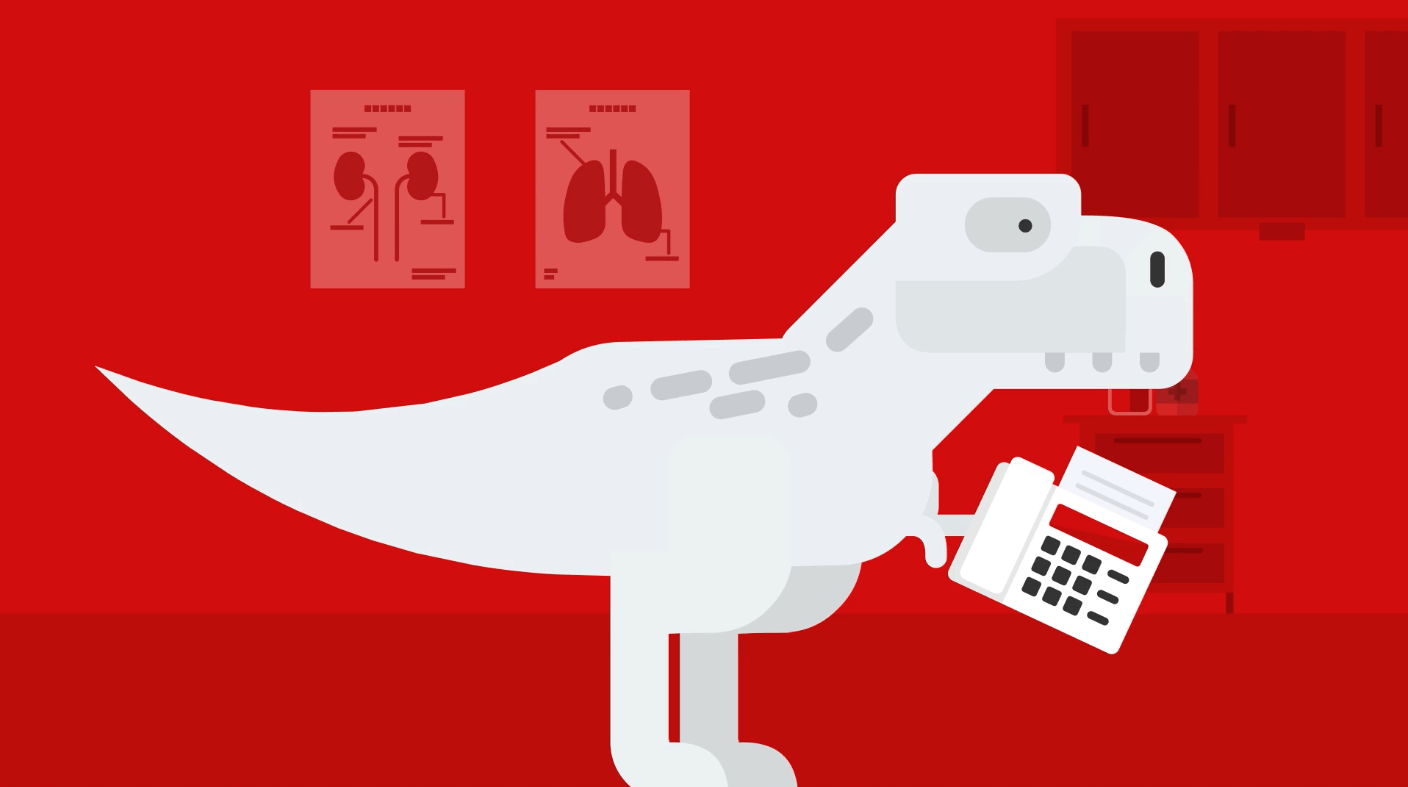The patient was prepped and ready on the operating table when the surgeon realized he only had a report of a CT scan – to properly perform the surgery, he would need the actual images that were taken by another health system..Normally, this would either delay the surgery or tempt the doctors to try the procedure without all the relevant information.
Fortunately for everyone involved, the hospital was one of Centralis Healths’ many participating hospitals. Within a few minutes, the surgeon had access to the necessary images through our secure portal and began a successful operation.
This is a true story, one that led the surgeon to declare that Centralis Healths’ resources “provided an intuitive and easy-to-use platform that facilitated immediate access to valuable information.”
Not only is interoperability critical for planned procedures, but in the age of COVID-19 medical information must be rapidly, accurately, and safely shared among primary care physicians, ERs, labs, and specialists. COVID-19 patients often enter a hospital short of breath and in desperate need of emergency attention – yet as most systems work today, that patient is expected to produce an extensive medical history including allergies, conditions, medications, and previous operations, all while gasping for air. Patient volume is overwhelming providers’ ability to gather information quickly enough to properly triage cases for placement in very limited ICU space or allocation of limited ventilator resources. Time taken away from patient care in order to find a medical history further limits an ER’s ability to handle the crush. By accessing HIE resources, providers can rapidly see which patients are at highest risk from the ravages of the disease (patients with diabetes, hypertension, asthma, etc.) and provide care in an efficient and effective manner.
Where else do we accept having something so modern yet totally dependent on a process so primitive? Although medicine continues to greatly advance, most care providers still dwell in the world of dial-up dinosaurs.
Since joining Centralis Healths, I have seen how rapid access to electronic health records (EHR) saves lives, time, money, and frustration.
A recent report by the National Academy of Medicine found that workflow and inadequate technology usability were major factors contributing to America’s alarming rate of medical staff burnout. Our participants greatly benefit from seamless access to patient files, which once sat beyond their health system’s servers and the ability to easily communicate with other healthcare providers and patients themselves. Patient care is hard enough without the avoidable burden of outdated workflow and communication methods.
While the federal government is ushering the medical records system into the 21st century through interoperability and patient access rules, providers would do well to stay ahead of mandated changes before it’s too late.
The first thing medical networks need to do to become compliant with these fast-approaching rules is to make sure they are ready to “implement and maintain a secure, standards-based” Patient Access API and a Provider Directory API. This will take time and resources, so the time to start is now.
For many providers, the most common technical obstacle to interoperability compliance is that ancient relic of faxing and the training necessary to implement modern alternatives to faxing. The fax machine is a favorite of outdated medical systems trying – often unsuccessfully – to straddle both the modern age and the world of the dial-up dinosaurs.
Fortunately, the most cost-effective method for providers to transition to the modern era also happens to be the easiest: ditching those dial-up dinosaurs. Half-in, piecemeal progress out of the old system duplicates efforts, can lead to HIPAA violations, and creates avoidable mistakes.
Many providers are wary of technological change because they imagine it will disrupt their workflow. Instead of expecting providers to try (and fail) to slowly transition and adapt to strange new processes, Centralis Healths works with our partners so our software is perfectly customized to replicate their existing workflow. Once the workflow has been replicated digitally, everyone benefits from secure, accessible, and organized notes, messages, images, and test results.
Many organizations are simultaneously handling the challenges of COVID-19 while having to plan their next steps to be compliant with the new HHS interoperability rules. The best way to handle these changes is to partner with an industry leader like Centralis Healths, someone that knows exactly how to help.
Change has been hard for medical organizations trying to stay afloat in 2020 while preparing, alone, for the interoperability changes coming in 2021. But for medical organizations that recognized early what was at stake and partnered with Centralis Healths, change was not only easy, but worth it – for their shareholders, employees, and patients.


